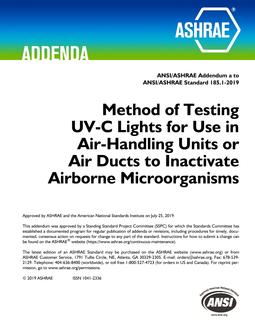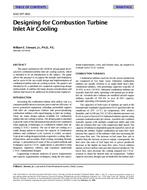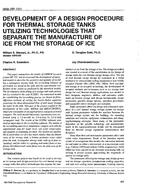Click here to purchase
Volatile organic compounds (VOCs) are a group of air pollutants that can adversely impact human health, engage in chemistry indoors, and meaningfully
degrade indoor and outdoor urban air quality. While there exists extensive research on VOC emission rates from indoor sources, fewer studies exist
characterizing the magnitudes and type of emissions from humans and human activity. As buildings are constructed to be more airtight, and the materials
used are chosen to reduce VOC emissions, it follows that human contributions are poised to become increasingly important indoor sources of VOCs. With
data extracted from a three-month campaign conducted at Harriet Tubman Middle School in Portland, Oregon–an institution built near a busy
roadway–this study modeled airflows through the school and quantified source strengths for VOCs over the course of one week in May 2019. We developed
an approach to estimate outdoor air ventilation rates, occupant density, and supply air flow rates through the school by analyzing the decay, steady-state,
and accumulation periods of CO2 measured in return and supply air. Emission rates for seven compounds with expected sources from human metabolism
and activity were calculated, as were source strengths for BTEX compounds (benzene, toluene, xylenes, and ethylbenzene), which are typically associated
with traffic-related air pollution (TRAP). Calculated per-person emission rates for VOCs that are associated with human activity or metabolism, e.g.,
monoterpenes and isoprene, were generally consistent with the few prior estimates in the literature and indicate humans and their activities are an important
indoor source of reactive VOCs. Source strengths for BTEX compounds revealed that the majority of their presence was due to supply air, which was
expected considering the elevated levels of outdoor TRAP constituents in the near-roadway building. This study provides new data concerning VOC source
strengths of indoor and outdoor origin and can enable the modeling of air pollution exposures in schools.
Product Details
- Published:
- 2022
- Number of Pages:
- 10
- Units of Measure:
- Dual
- File Size:
- 1 file , 2.3 MB
- Product Code(s):
- D-LV-22-C006
- Note:
- This product is unavailable in Russia, Belarus


